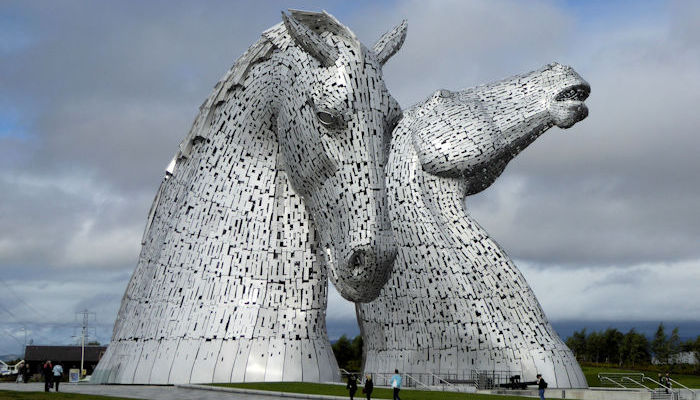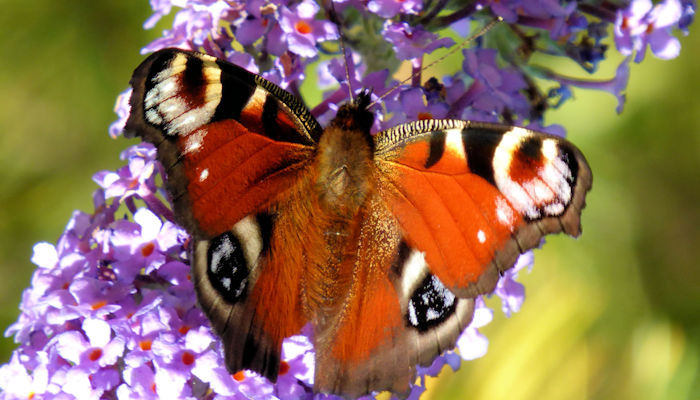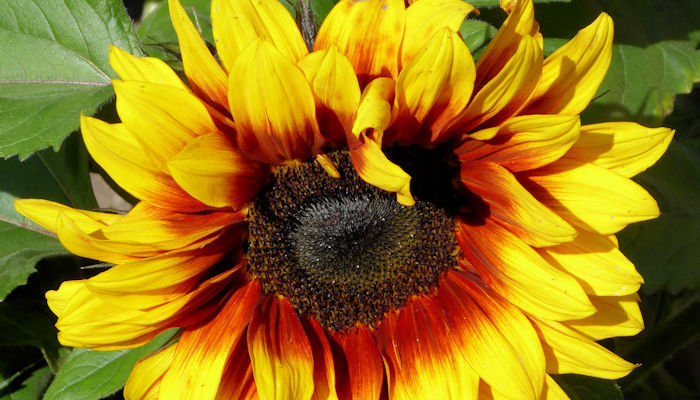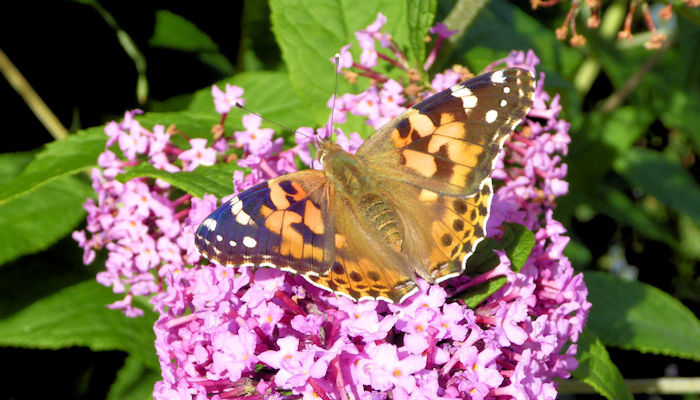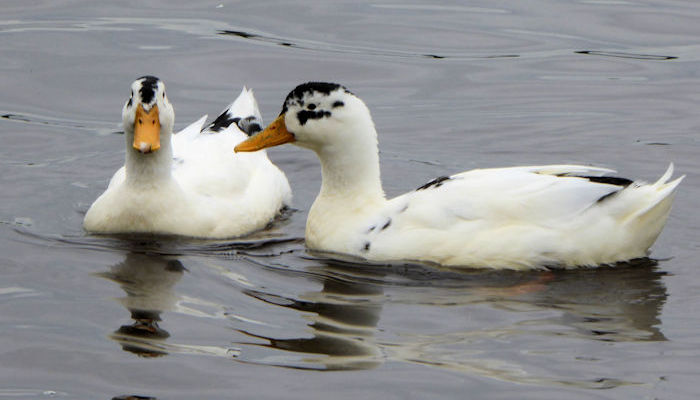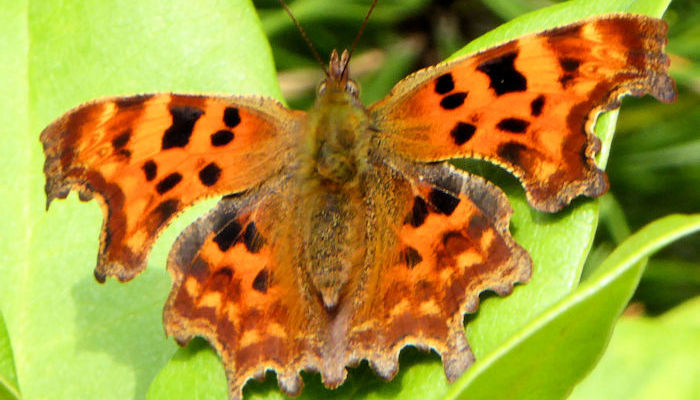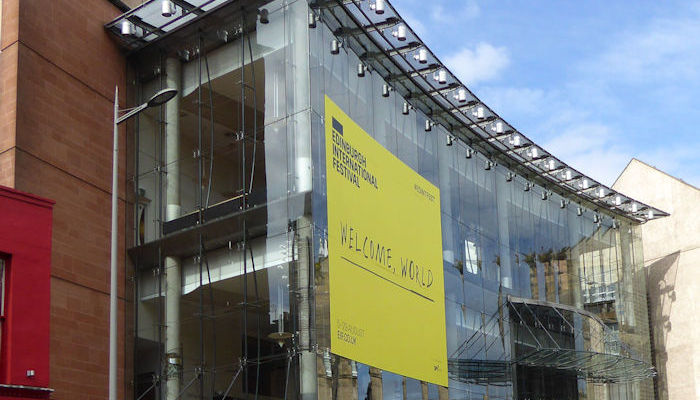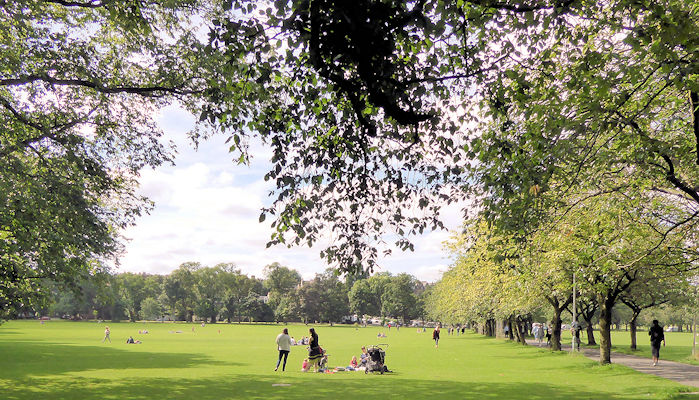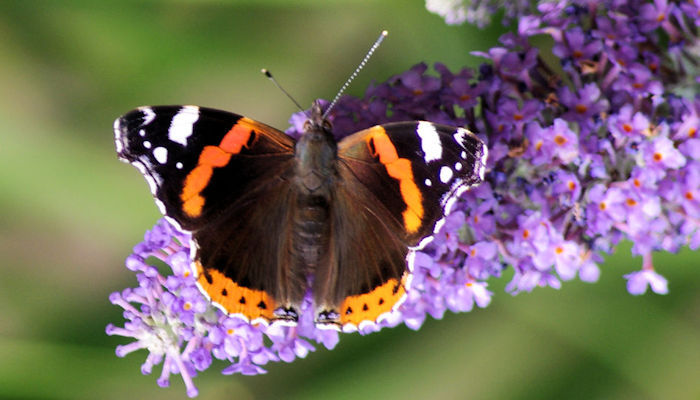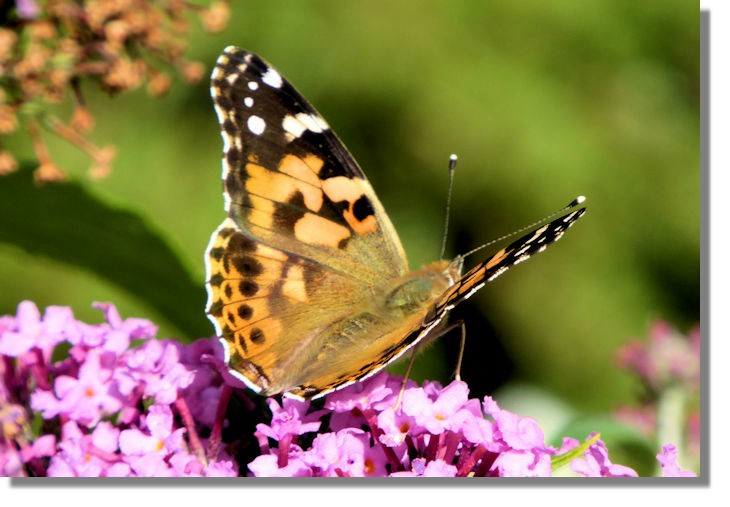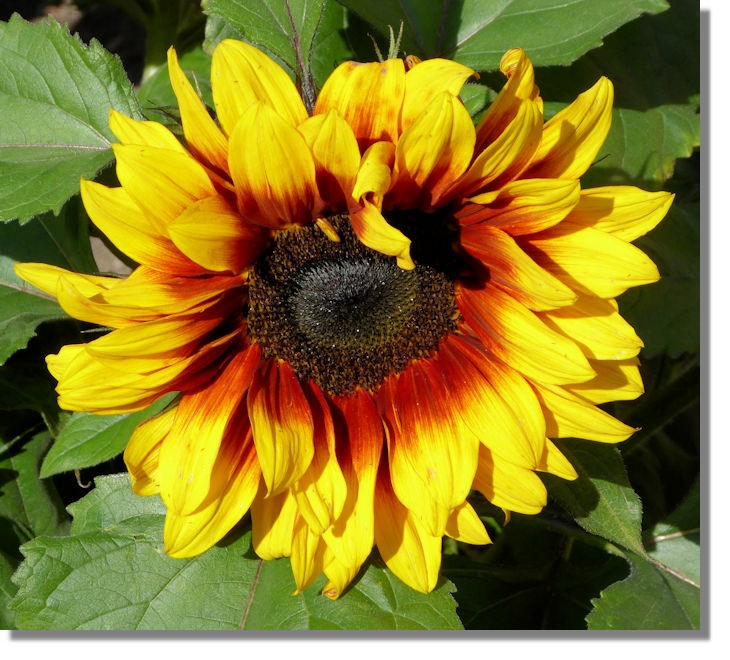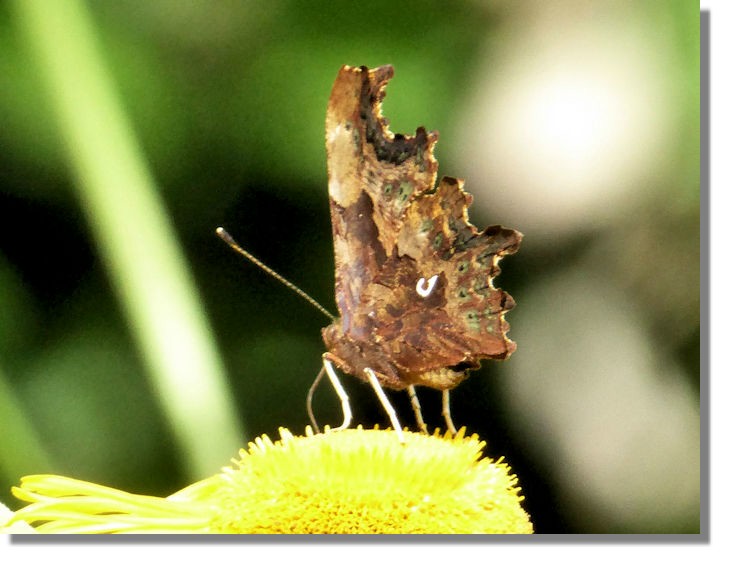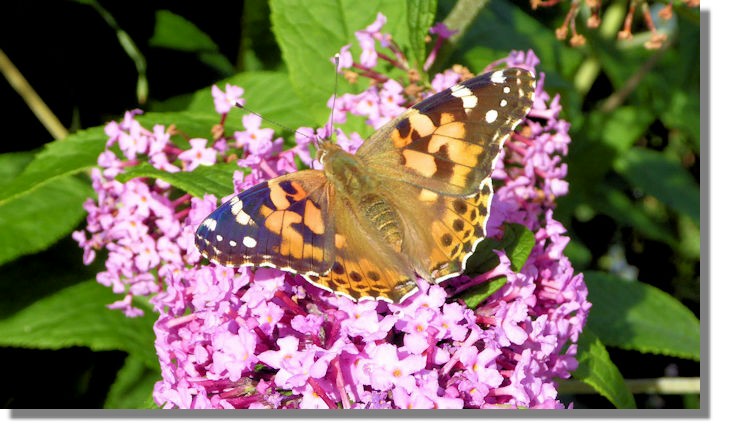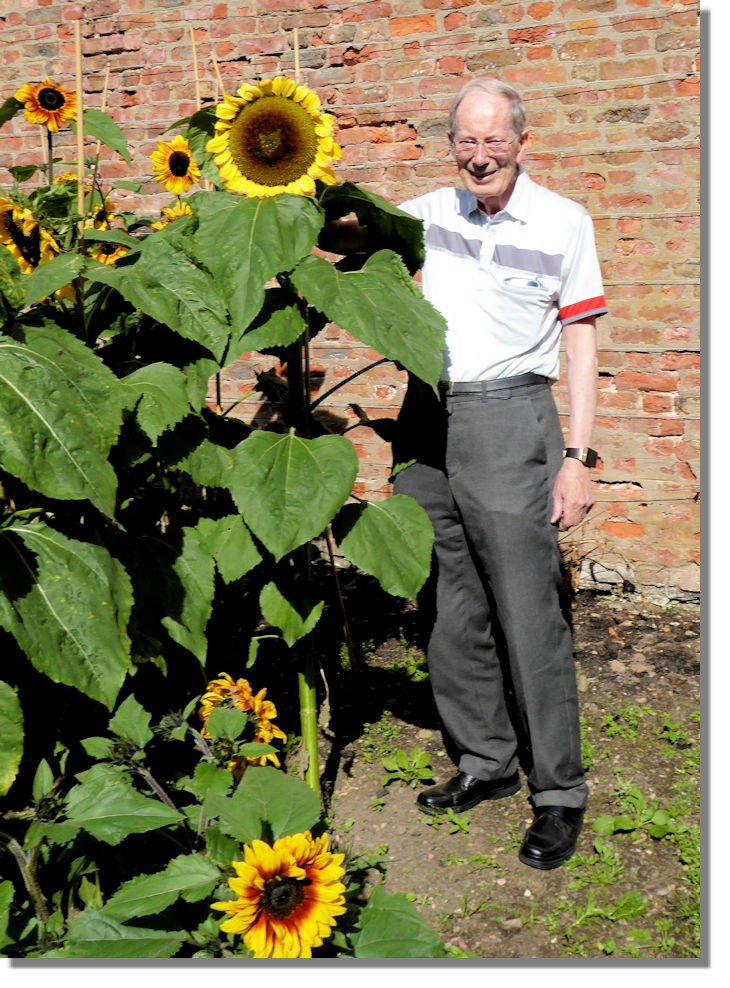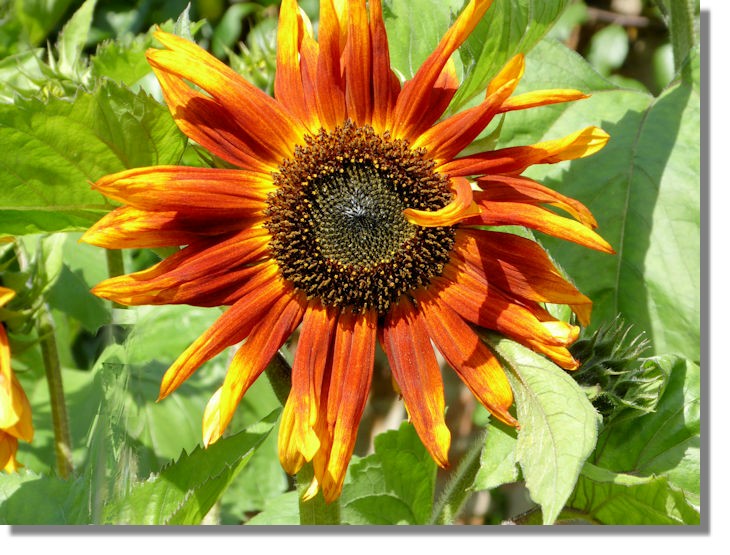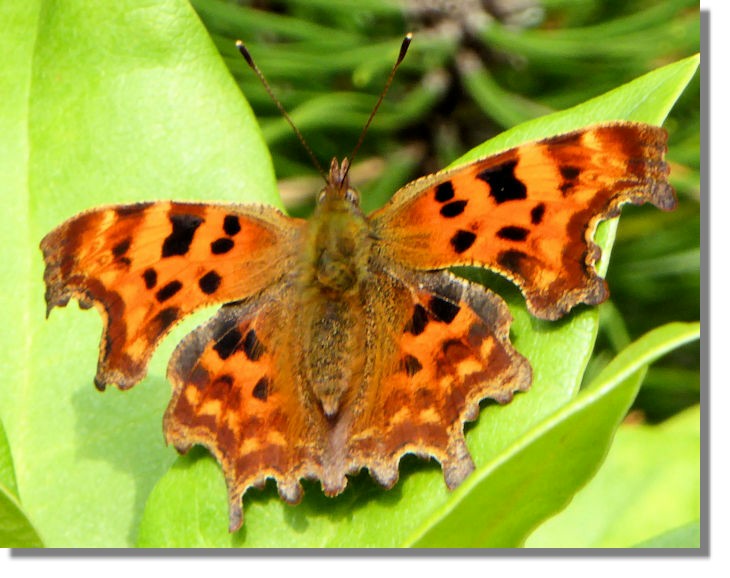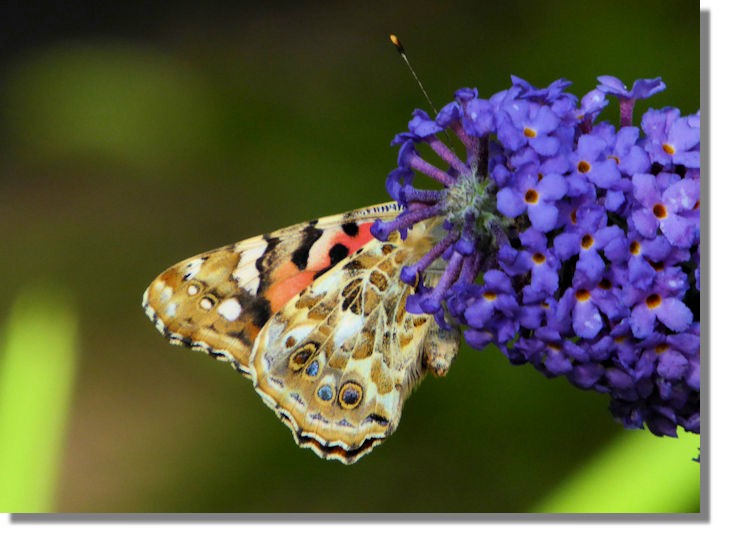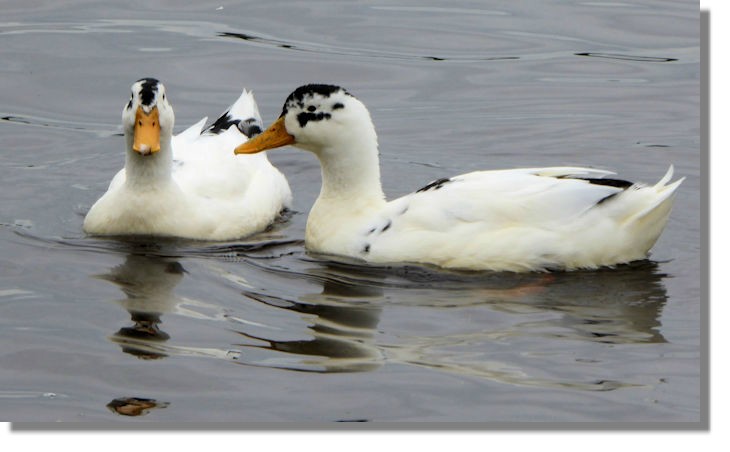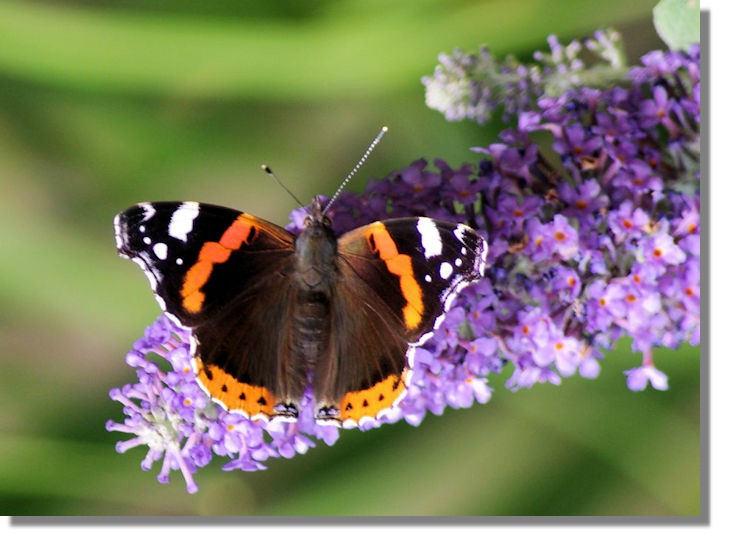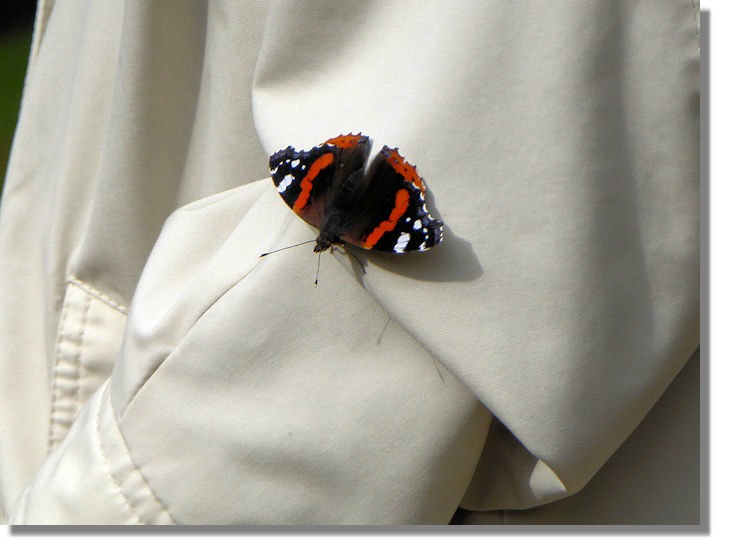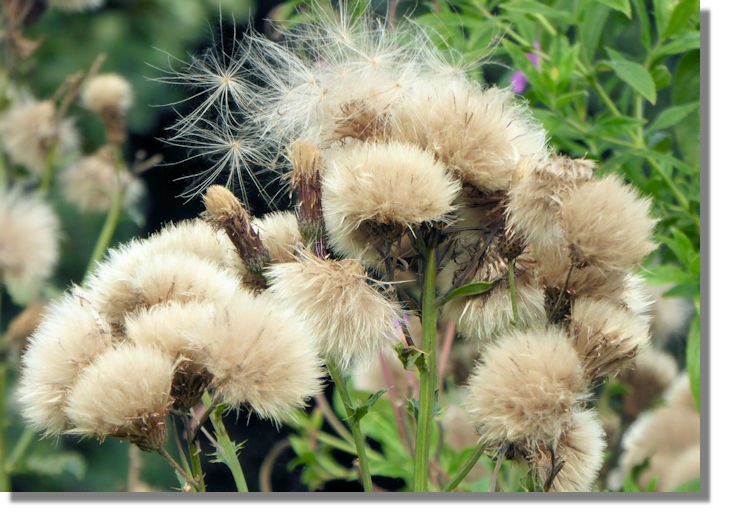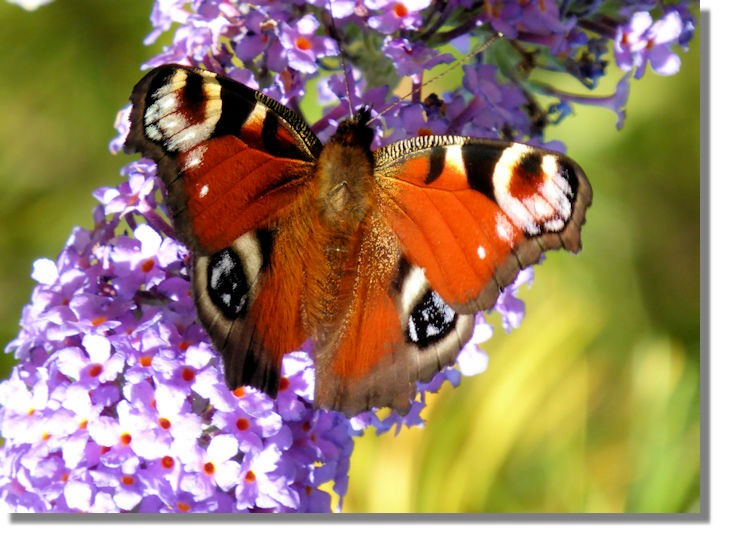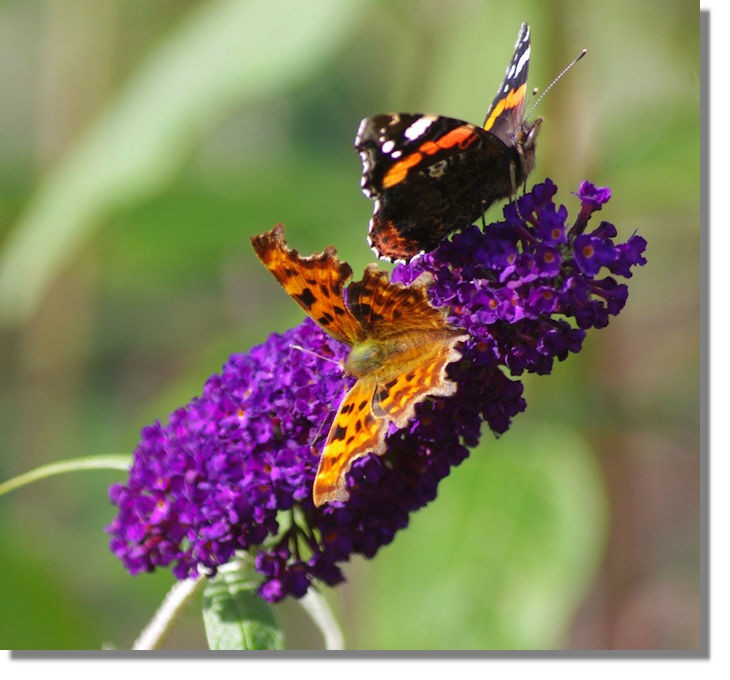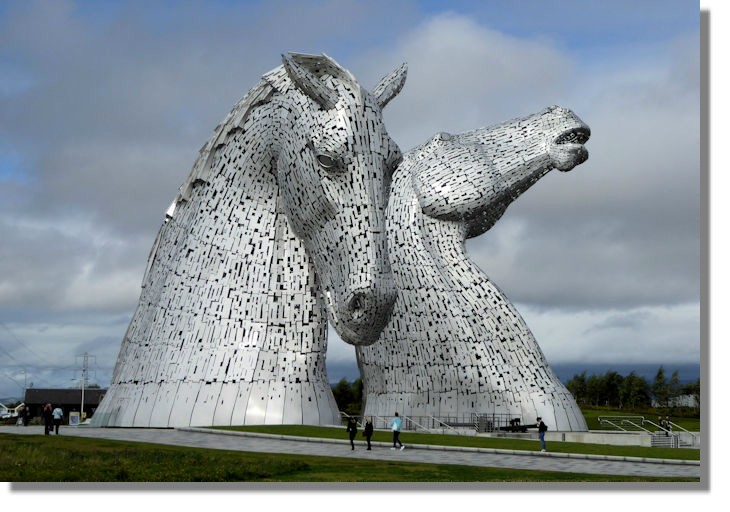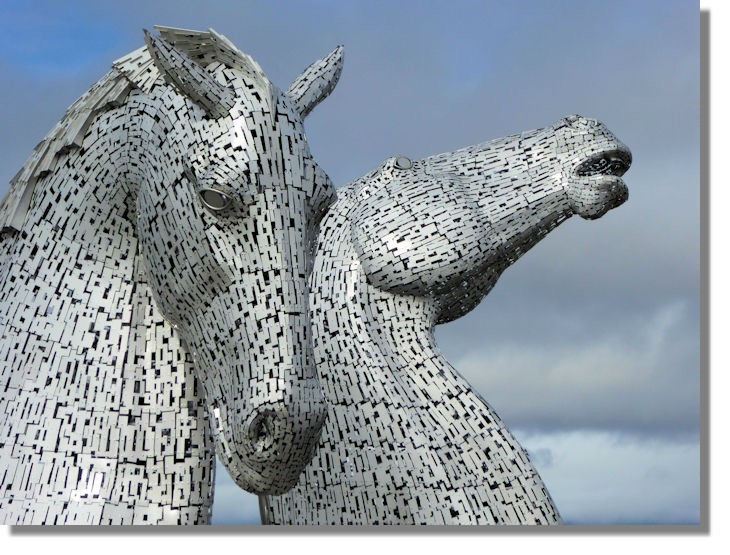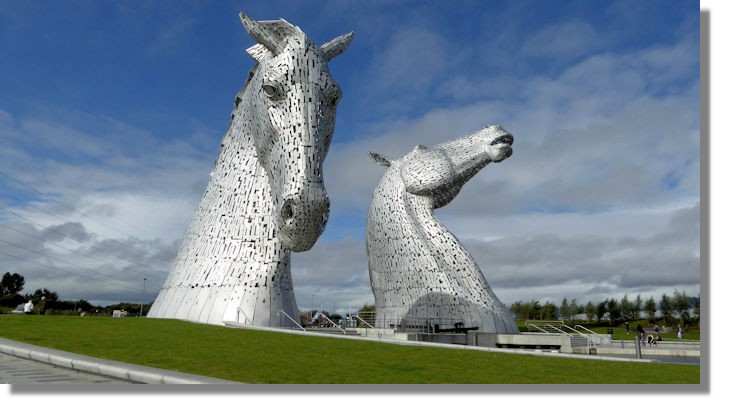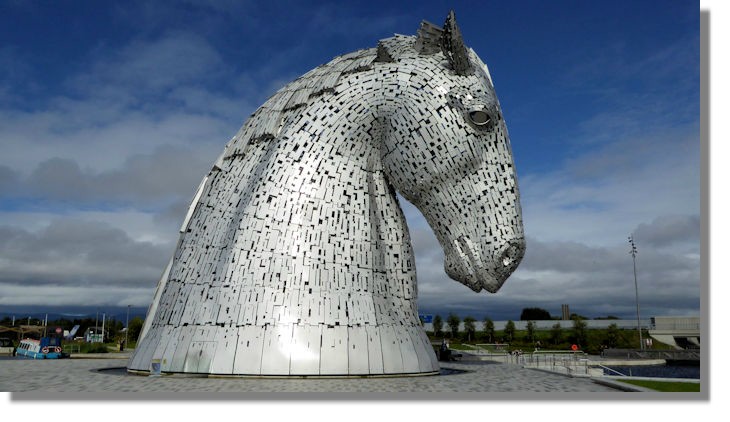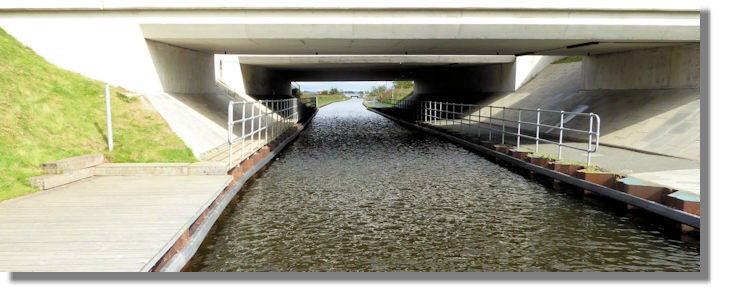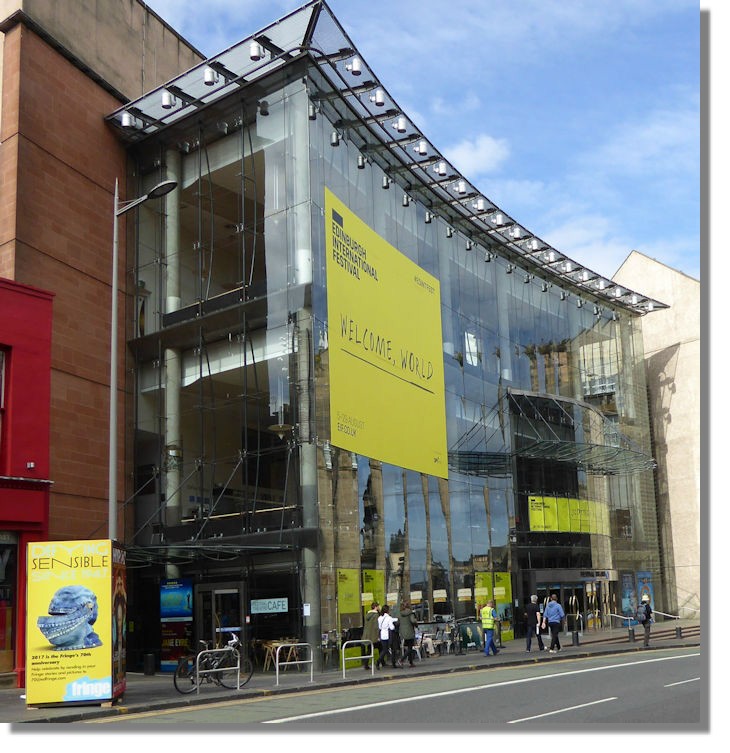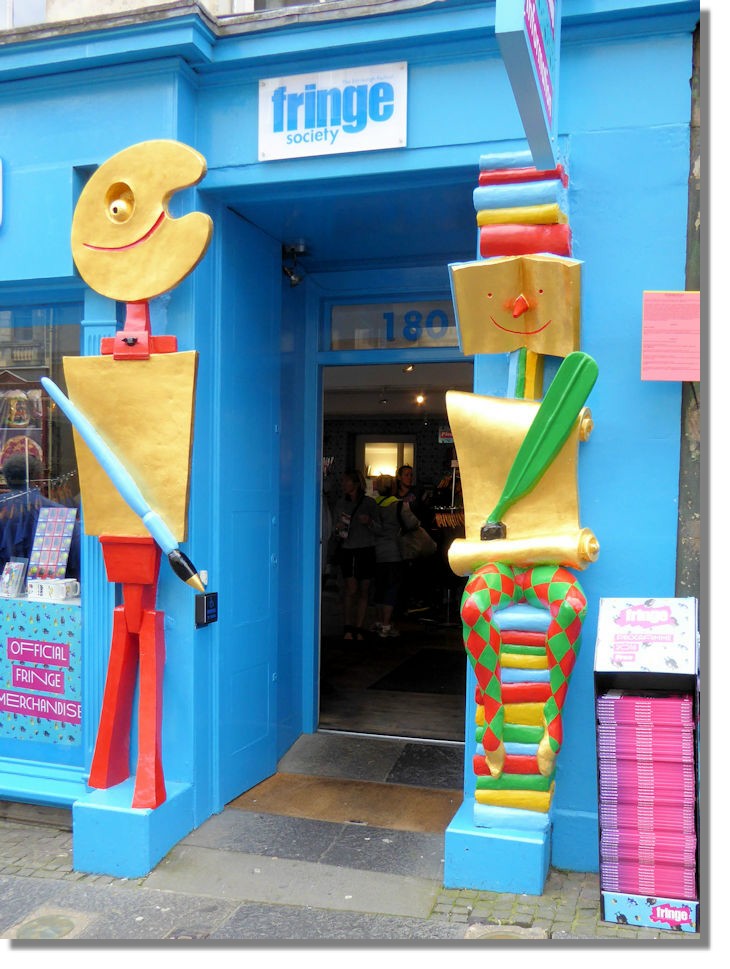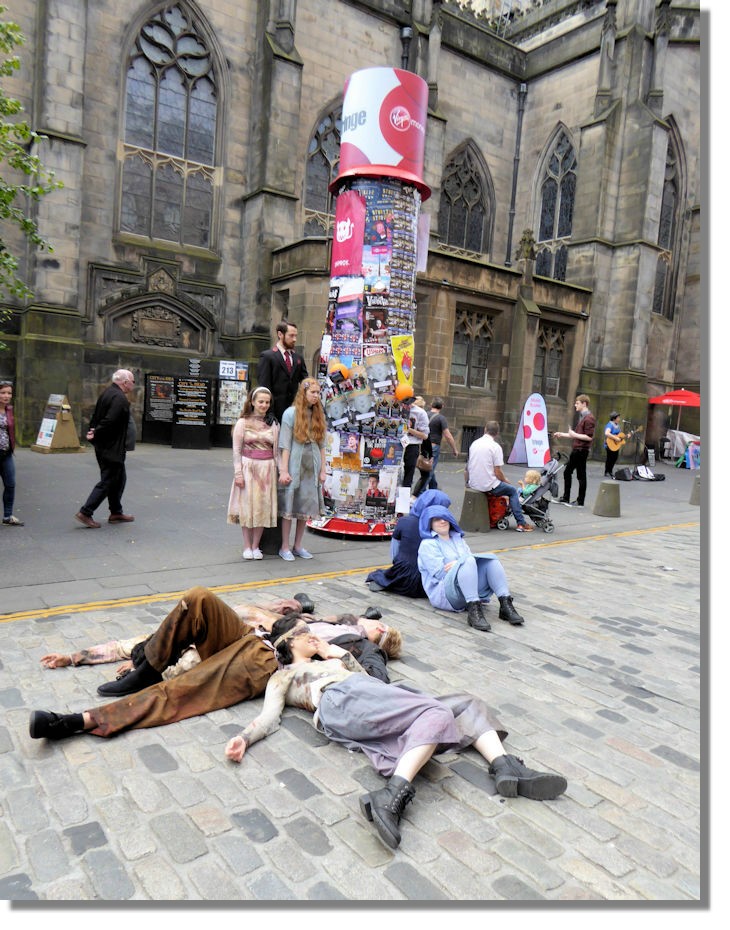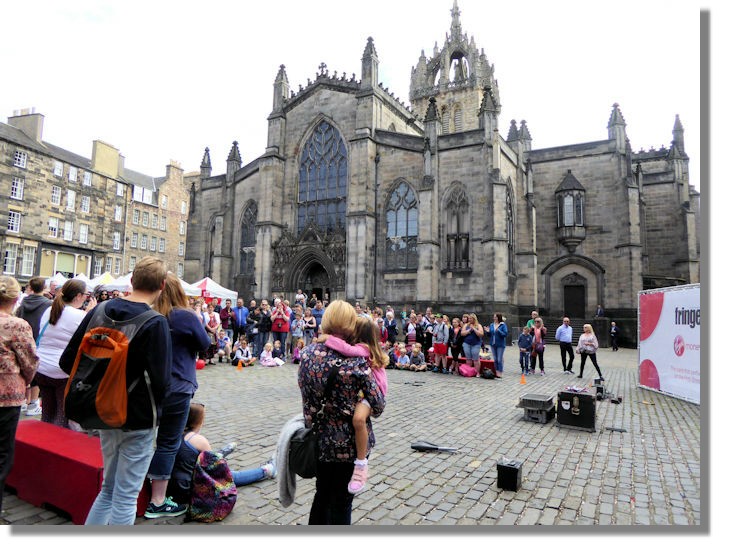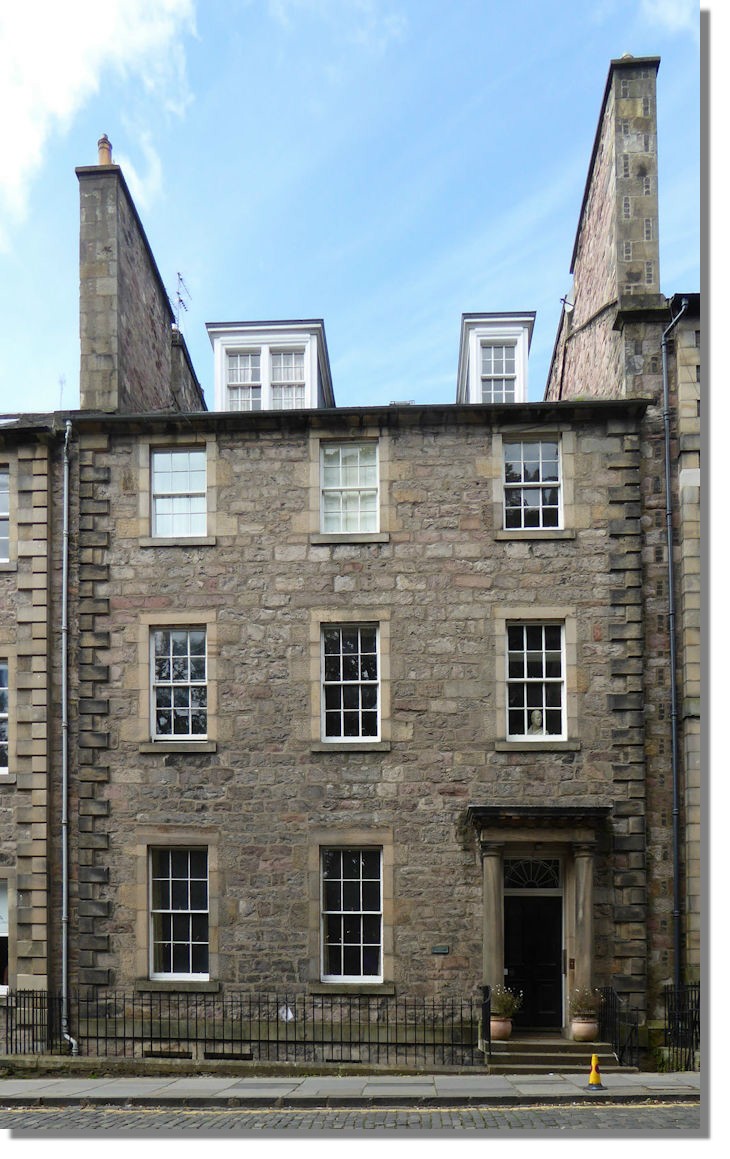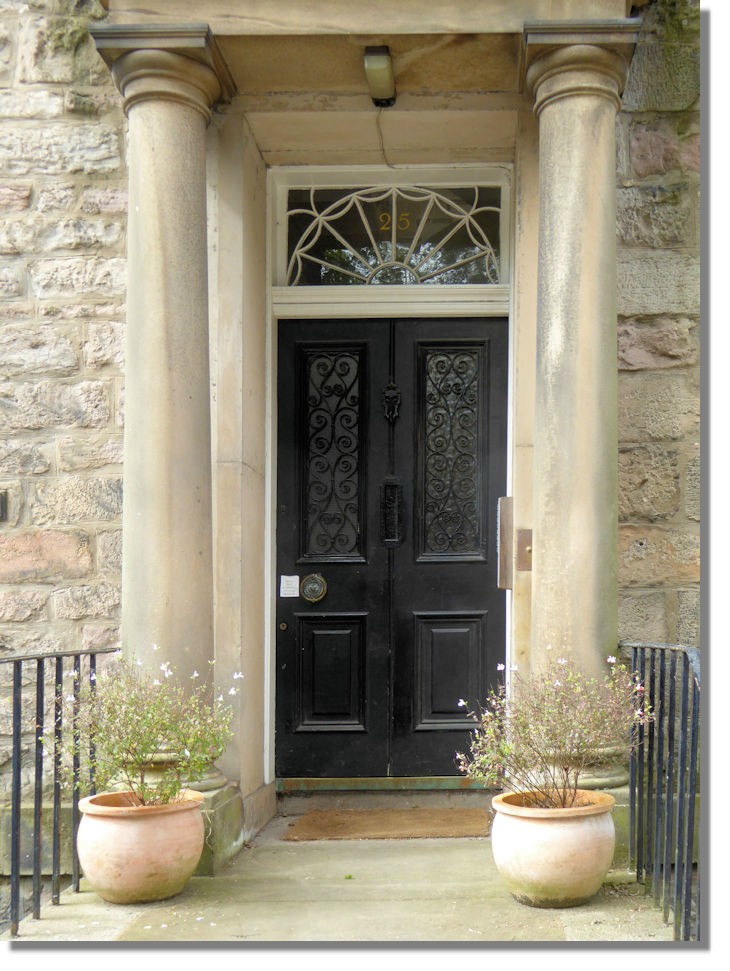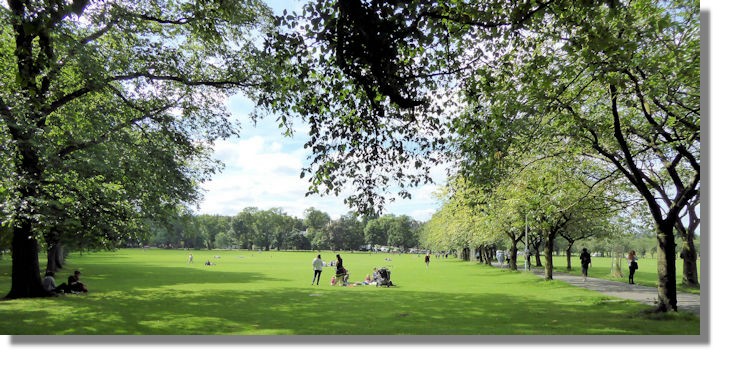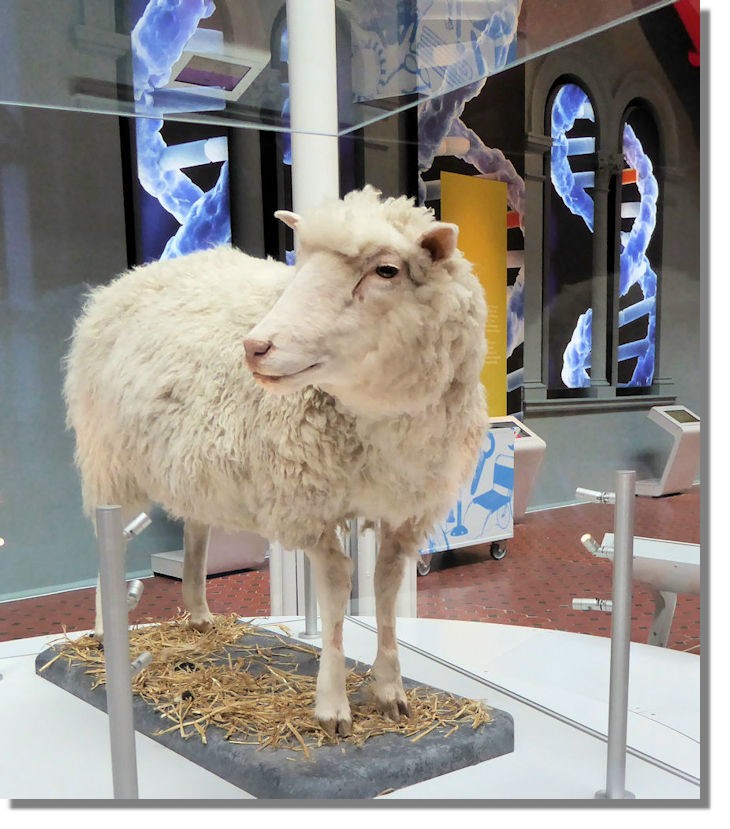Scottie's Photo Diary
- July/August 2016
Slideshow of a random selection of a few of the graphics below
Background
I never go anywhere in Scotland without my camera and I take photographs wherever I go. Sometimes I go somewhere specifically to take photographs with a view to adding another page to the Rampant Scotland site. On other occasions I just see something that makes an attractive picture or else it's another graphic to add to the library to perhaps use on a future project. It thus forms a pictorial diary of my travels which can be shared by everyone!This is a selection of photographs I took in July/August 2016.
Scone Palace Estate
Although I have toured the inside of Scone Palace ((pronounced "Scoon"), now the home of the Earl of Mansfield, visits these days usually concentrate on the gardens and grounds - in particular the Butterfly Garden planted with flowers and shrubs which are known to be attractive to butterflies. A new "Kitchen Garden" has also been developed in recent years. Although it sounds as though it should just have vegetables growing there it also has extensive flower beds. Many visitors miss out on this area but butterflies know better and enjoy the flowers too. Painted Lady Butterflies which spread northwards each year from the desert fringes of North Africa, the Middle East, and central Asia, flying to mainland Europe and eventually reach Britain and Ireland, a distance of over 800 miles. They have been scarce in recent years so it was a surprise and a delight to come across one Yes, only one - in a good year (such as in 2009) there can be hundreds!
The Kitchen Garden had a number of different varieties of sunflowers growing, protected in a walled garden area.
The Comma butterfly is still a bit of a rarity but again Scone seems to be able to produce some examples each year. This picture shows the underside of its wing with the distinctive white "comma" marking.
Another view of the Painted Lady on a buddleja bush.
I am usually behind the camera and don't often appear in my photographs, even in the era of mobile phones and "selfies"! But to demonstrate how tall these sunflowers had grown I got my wife to take this picture of me (5 ft 10" tall) standing beside this one.
And here's another sunflower - this time a relatively low growing but colourful variety
Drumpellier Country Park
Another location we often see the Comma butterfly is Drumpellier Country Park in North Lanarkshire. Of course, it helped that one of the Park Rangers who knows of our enthusiasm for butterflies helped to alert us by sending me an email with a picture he had taken in the "Peace Garden" at Drumpellier so we went there on the first sunny day and there it was!
Butterflies can be a bit like waiting for a bus - you wait for ages and then two come along at the same time. It was a bit like that with the Commas at Scone and Drumpellier and then it happened again with the Painted Lady! Several years when we saw none and this year we saw two - one at Scone and one at Drumpellier!
These white ducks have taken up residence recently on the loch at Drumpellier. They have the same shape as the many Mallard ducks that have their home there but the almost white feathers make them look very different from their brown relatives.
Although it is great to see more unusual butterflies, the more frequently seen Red Admiral still makes a great picture, especially when it has its wings spread like this on a blue buddleja.
I am usually running around after the butterflies flitting from flower to flower but my wife often stands and enjoys seeing them from one spot. That may explain why she often has a butterfly landing on her jacket. On this occasion I was on the other side of a flower bed but managed to get back in time to take a picture of it on her sleeve. It may have found the jacket warm in the sunshine and was also soaking up the sunshine there.
Thistles grow widely in the wilder areas of the park and my gardening books assert that "August is an Autumn month in Scotland". Hence the thistle down that appears, dispersed by any stiff breeze.
The Peacock is one of the more frequently spotted butterflies in many parts of Scotland and it is also a very attractive one. There are times when the light catches its iridescent colours (often produced by thousands of microscopic scales, split into two to three layers) which can change colour depending on the angle it is viewed from.
The Red Admiral often looks a bit disdainful and it does not seem pleased by the intrusion of the Comma on the same flower!
Kelpies at The Helix, Falkirk
The Kelpies, one of a number of large scale sculptures created by Andy Scott, were inspired by a combination of the Clydesdale horse used for heavy work and the Scots name given to a mythological water spirit inhabiting the lochs and pools of Scotland. They are located on a site near Falkirk and beside the refurbished Union Canal
The sculptures are 30 metres (98 feet) high and uses a tubular steel skeleton and 928 stainless steel plates.
The Kelpies are the largest equine sculptures in the world and the largest public artworks in Scotland.
The Helix site covers 865 acres and will be a local wild-life park with a lagoon for water sports.
The Forth and Clyde canal system between the Clyde at Glasgow and the Firth of Forth was modernised and brought into use again a few years ago. The Union Canal extension runs from Falkirk to Edinburgh, constructed to bring minerals, especially coal, to the capital. It was opened in 1822. It was re-opened in 2001 as part of the Millennium Link, and reconnected to the Forth and Clyde Canal in 2002 by the Falkirk Wheel.
Edinburgh
The annual Edinburgh Festival and Fringe Festival were in full swing when I visited Edinburgh in August. This is one of the main venues - the Edinburgh Festival Theatre. It is used primarily for performances of opera and ballet, large-scale musical events, and touring groups. It seats an audience of nearly 2,000 and is the venue for the Scottish Opera and the Scottish Ballet.
The Edinburgh Festival Fringe began in 1947 after "gate-crashing" the main International Arts Festival and is now the largest of all the Edinburgh festivals and indeed the largest arts festival in the world. Includes theatre, comedy, music, musicals, dance and children's shows. This is the main ticket office on Edinburgh's High Street.
In 2015, the Fringe Festival spanned 25 days and featured 50,459 performances of 3,314 shows in 313 venues. So self-publicity in a crowded market place is an essential element of most shows - and in addition to handing out advertising leaflets many of the shows perform in the streets of central Edinburgh to gain attention. It all adds to the excitement and atmosphere of the event. Having said that, I really don't know what event these performers were advertising!
A number of the performers create free street shows and can gather a sizeable audience. While some are doing it to attract paying customers to the shows in one of the many venues, some acts which can't afford to hire a venue, just perform in the street (in this case, outside St Giles Cathedral) and hope that they can collect some cash at the end of their show!
Regular readers of the Rampant Scotland publications will know that I am involved in the Clan Scott Scotland organisation. While many of the places related to the Clan are in the Scottish Borders area, Sir Walter Scott, the best known member of the Scotts is undoubtedly the author and historian was born (in College Wynd) in Edinburgh and lived for many years in Scotland's capital city. When he was born (in 1771) College Wynd was a run-down part of the city. However, in 1774 the family moved to a new house in George Square and although his birthplace no longer exists, this home is still standing (with a memorial plaque on the wall marking his stay there).
The substantial Georgian house has an impressive columned doorway. Scott lived here until he married in 1797.
Not far from George Square is "The Meadows" a major public park with tree-lined paths criss-crossing the grass. The 1886 International Exhibition of Industry, Science and Art was held there and a whale's jawbones forming an arch over the Meadows path called Jawbone Walk originally formed the display stand of the Zetland and Fair Isle Knitters Association. The Arch was removed in 2014 for restoration but is due to return soon!
Since I was passing the Museum of Scotland while visiting the Meadows and Walter Scott's house, I popped in there to see if there was anything new - and took this photo of "Dolly" the sheep. Dolly was the first mammal in the world cloned from an adult somatic cell. She was born in 1996 at the Roslin Institute, part of the University of Edinburgh.
If you want to read the other Diary entries going back to 2009, there is an Index page.
